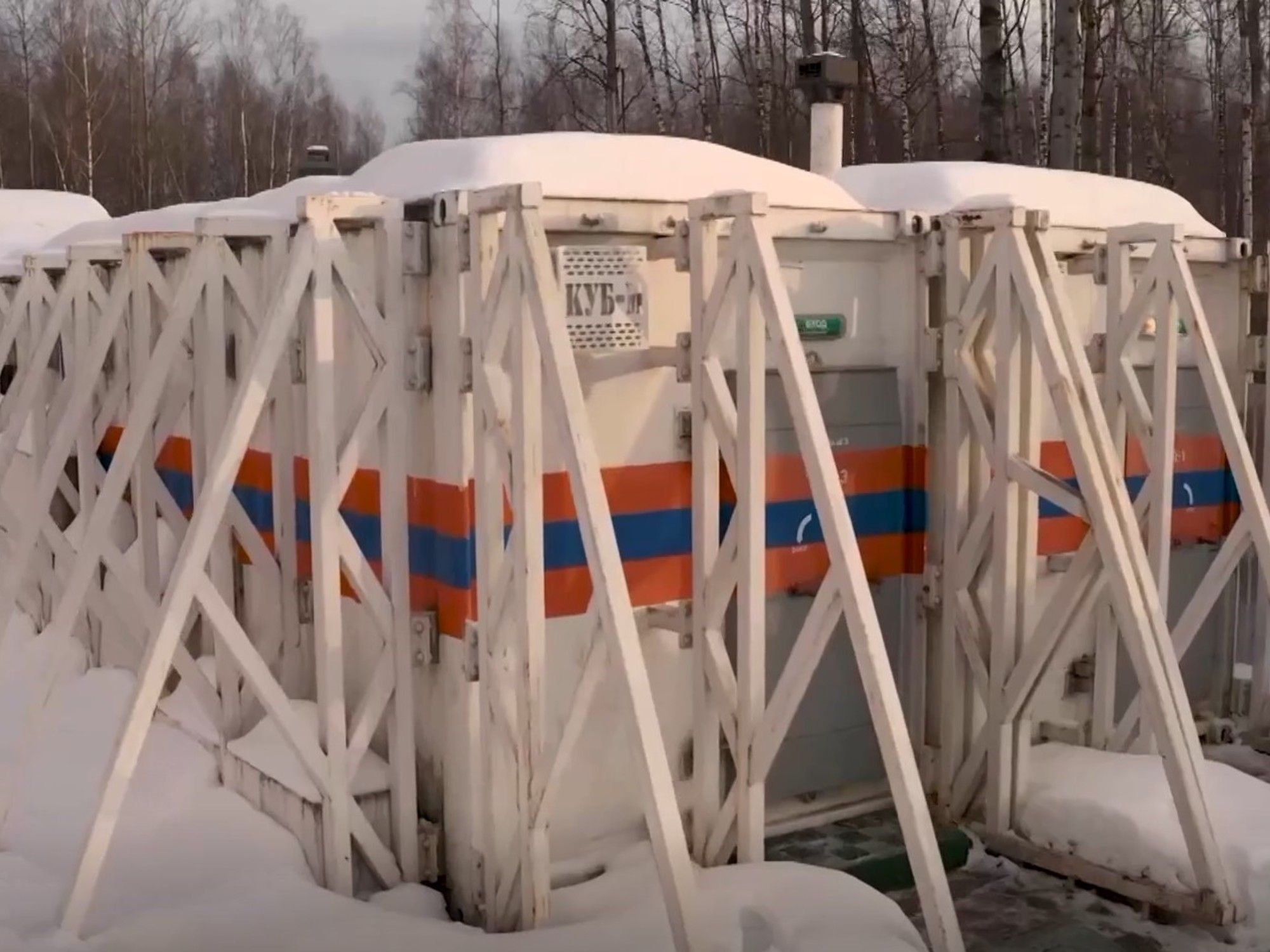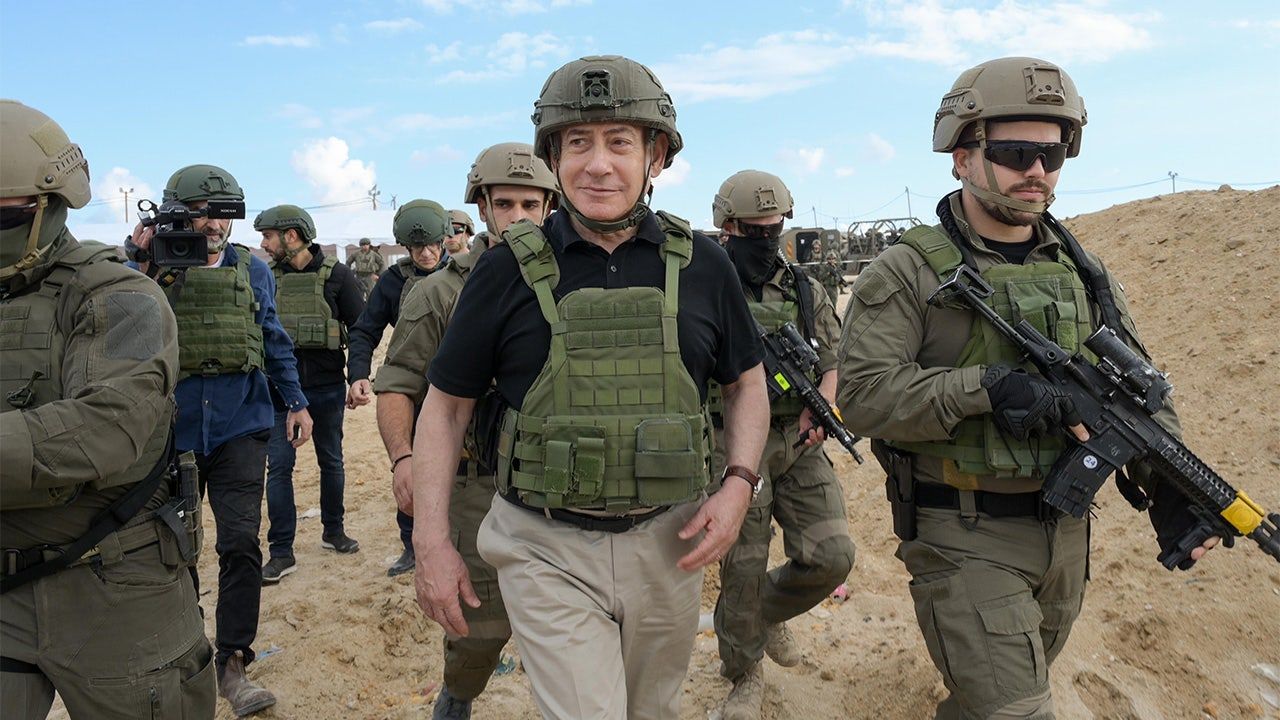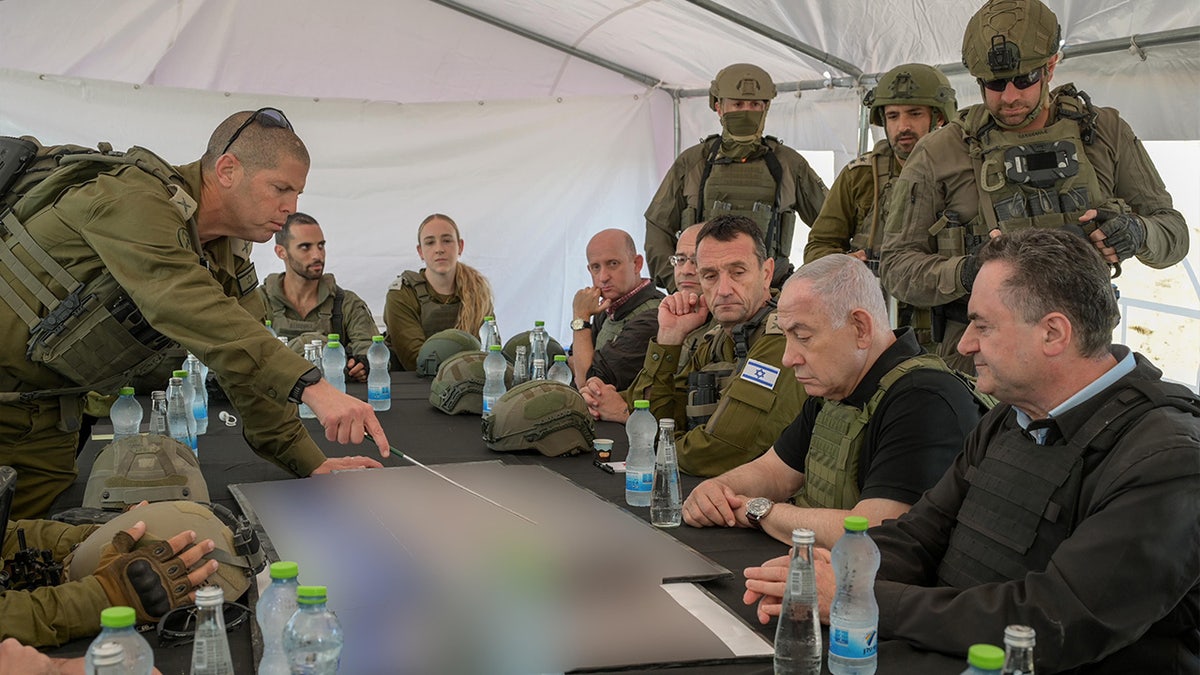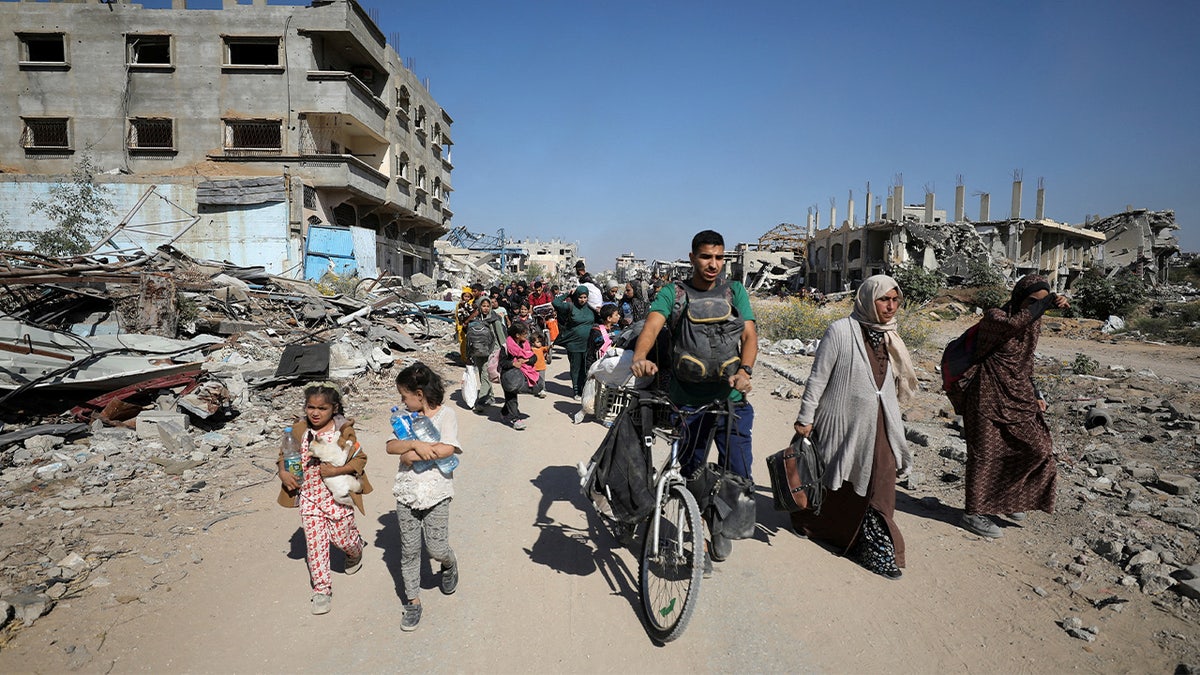INTERNACIONAL
Guerra en Ucrania: Rusia construye refugios nucleares y el norte de Europa prepara a la población para un conflicto

INTERNACIONAL
Netanyahu offers $5 million to Palestinians for every Israeli hostage they help free

Israeli Prime Minister Benjamin Netanyahu on Tuesday took steps to secure the release of the Israeli hostages still held by Hamas in Gaza, offering a $5 million reward per captive to any Palestinian who helps to secure their freedom.
Netanyahu made the announcement during a trip to the Netzarim Corridor in Gaza, which splits Northern Gaza and Gaza City from the rest of the Strip, where brutal fighting has occurred for more than a year as Israel looks to eradicate Hamas.
Israeli Prime Minister Benjamin Netanyahu meets with IDF commanders in the Netzarim Corridor in Gaza to discuss Hamas activity. Nov. 19, 2024. (Photo provided by TPS-IL)
NETANYAHU SAYS HE IGNORED BIDEN’S WAR COUNSEL – AND THREATS THAT ISRAEL WOULD BE ‘LEFT ALONE’ WITHOUT US HELP
«To those who want to leave this entanglement I say: Whoever brings us a hostage, will find a safe way out for himself and his family,» the prime minister said, speaking alongside Defense Minister Israel Katz, reported Israeli press agency TPS. «We will also give $5 million for every hostage. Choose, the choice is yours, but the result will be the same.
«We will bring them all back,» Netanyahu said.
Fox News Digital could not immediately reach Netanyahu’s office or the White House for comment on ongoing efforts to return the hostages.
The Hostage Family Forum also told Fox News Digital that it had no comment at the time of this report.
There are still 101 hostages believed to be held by Hamas of the 251 people who were abducted during the Oct. 7, 2023, attacks, including seven Americans.

These are the American hostages who were taken by Hamas terrorists on Oct. 7, 2023. (Fox News Photo)
At least 33 of the hostages still held by the terrorist network are believed to have been killed. Their bodies continue to be held by Hamas as supposed bargaining chips, including three Americans.
Ruby Chen, the father of one of the American hostages, Itay Chen, who was ambushed near the border while serving in the Israel Defense Forces (IDF) on Oct. 7, said he «doubts» Netanyahu’s reward system will be successful.
«I think [Netanyahu’s] initiative is a smoke screen and tactical but not strategic,» Chen said.
The father of Itay said Netanayhu is maneuvering with this latest announcement by refusing to detail what Israel will not do, like leave Gaza, and instead «say what he is willing to offer to get all the hostages» rather than a smaller number of hostages during a cease-fire.
FAMILIES OF AMERICAN OCT. 7 HAMAS ATTACK VICTIMS SUE IRAN FOR ‘CRUCIAL ROLE’ IN SUPPORTING MASSACRE
Netanyahu, who also met with Lt. Gen. Herzi Halevi, chief of staff of the IDF, vowed that Hamas would never be able to return to power in Gaza.
«Hamas will not rule in Gaza,» Netanyahu reportedly said. «We are eliminating its military capabilities in very impressive fashion. We are moving on to its governing abilities, and we are not yet done. Hamas will not be in Gaza.»

Prime Minister Netanyahu meets with IDF commanders in Gaza, Nov. 19, 2024. (Photo provided by TPS-IL)
The prime minister championed the success of IDF forces in combating the terrorist group and, along with his defense minister, spoke with IDF reserve brigade commanders on the Gaza coast about ongoing challenges and operational activity.
The IDF in September assessed that Hamas had largely been defeated and that the remnants of the terrorist group continue to operate through guerrilla combat-based activities that will take time to dismantle.
Israel has not detailed a timeline for when it will end its military operations in Gaza and peace talks earlier this year appeared to come to a standstill over apparently insurmountable disagreements regarding security corridors in the Strip.

Palestinians flee amid an Israeli military operation, in Jabalia in the northern Gaza Strip, Oct. 22, 2024. (Reuters/Dawoud Abu Alkas)
CLICK TO GET THE FOX NEWS APP
It remains unclear where peace talks stand today between Israel and Hamas.
The U.S., representing Israel, was working closely with Qatar and Egypt, which represented the Hamas side, for weeks in a move to end the brutal fighting that is reported to have killed some 43,000 people in Gaza, according to the Hamas-run Health Ministry, more than half of whom were reported to be women and children. However, these figures do not detail the number of terrorist deaths.
Earlier this month Qatar said it could no longer be involved in mediation efforts due to a lack of willingness by both Hamas and Israel to engage in good faith attempts to end the deadly conflict.
-
ECONOMIA2 días ago
Gigante de Wall Street destacó a Argentina como un lugar para invertir
-
POLITICA3 días ago
«La corrupción mata»: la hipótesis que defendió en su fallo uno de los jueces que condenó a Cristina
-
POLITICA3 días ago
Mónica Schlotthauer: “El presupuesto de Milei es claro: todo lo que recaudemos va a pagar la deuda»
-
POLITICA2 días ago
«Era por el celular», bajan el tono a la bravata del Gordo Dan sobre el «brazo armado de LLA» pero siguen los ruidos internos
-
POLITICA18 horas ago
Javier Milei, íntimo: la lealtad de los perros, su acercamiento al judaísmo y el sueño de conocer a Mick Jagger
-
INTERNACIONAL2 días ago
Cumbre del G20 en Río de Janeiro: Lula da Silva insta a avanzar en la reforma del «gobierno mundial» y en un impuesto a los supermillonarios






























